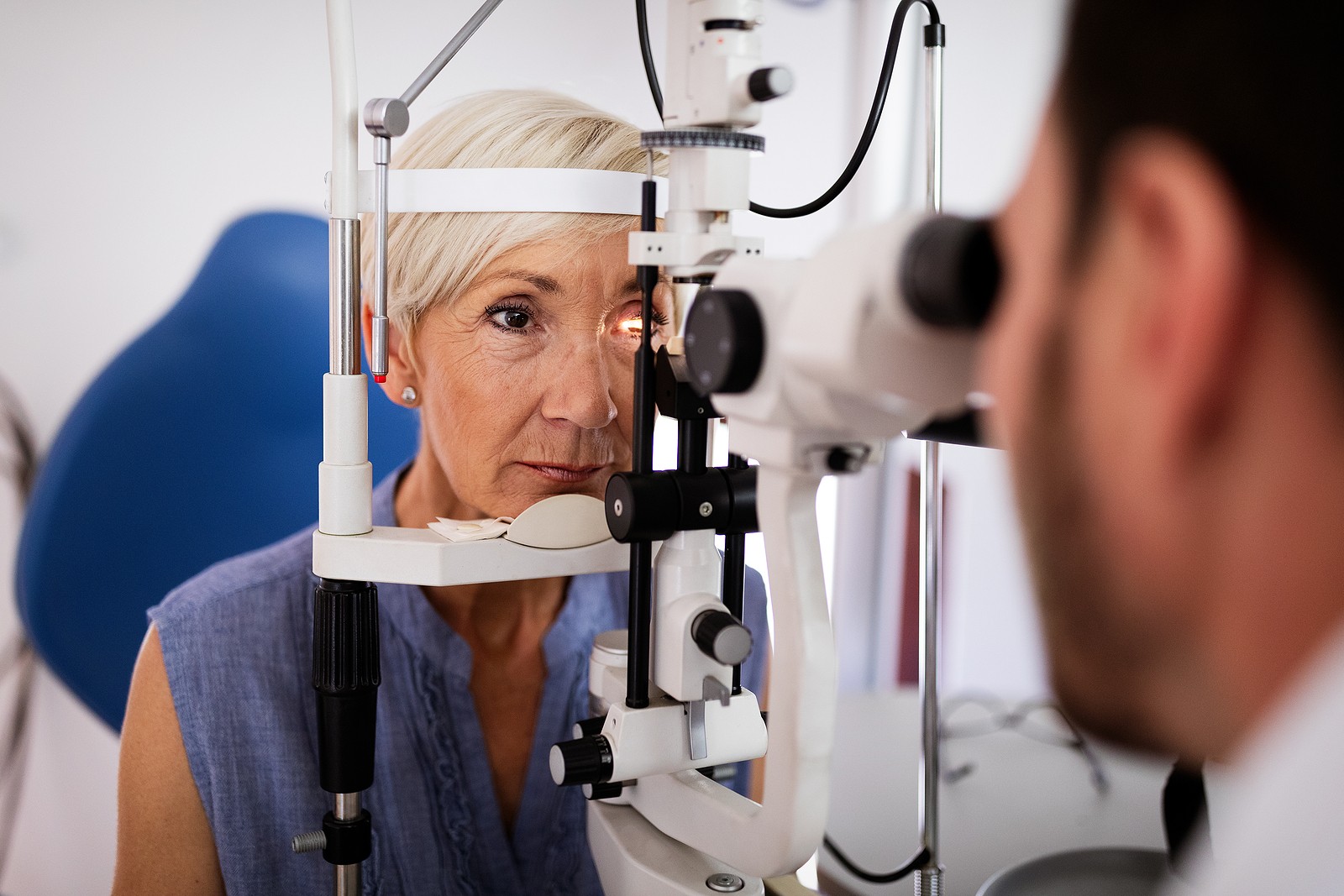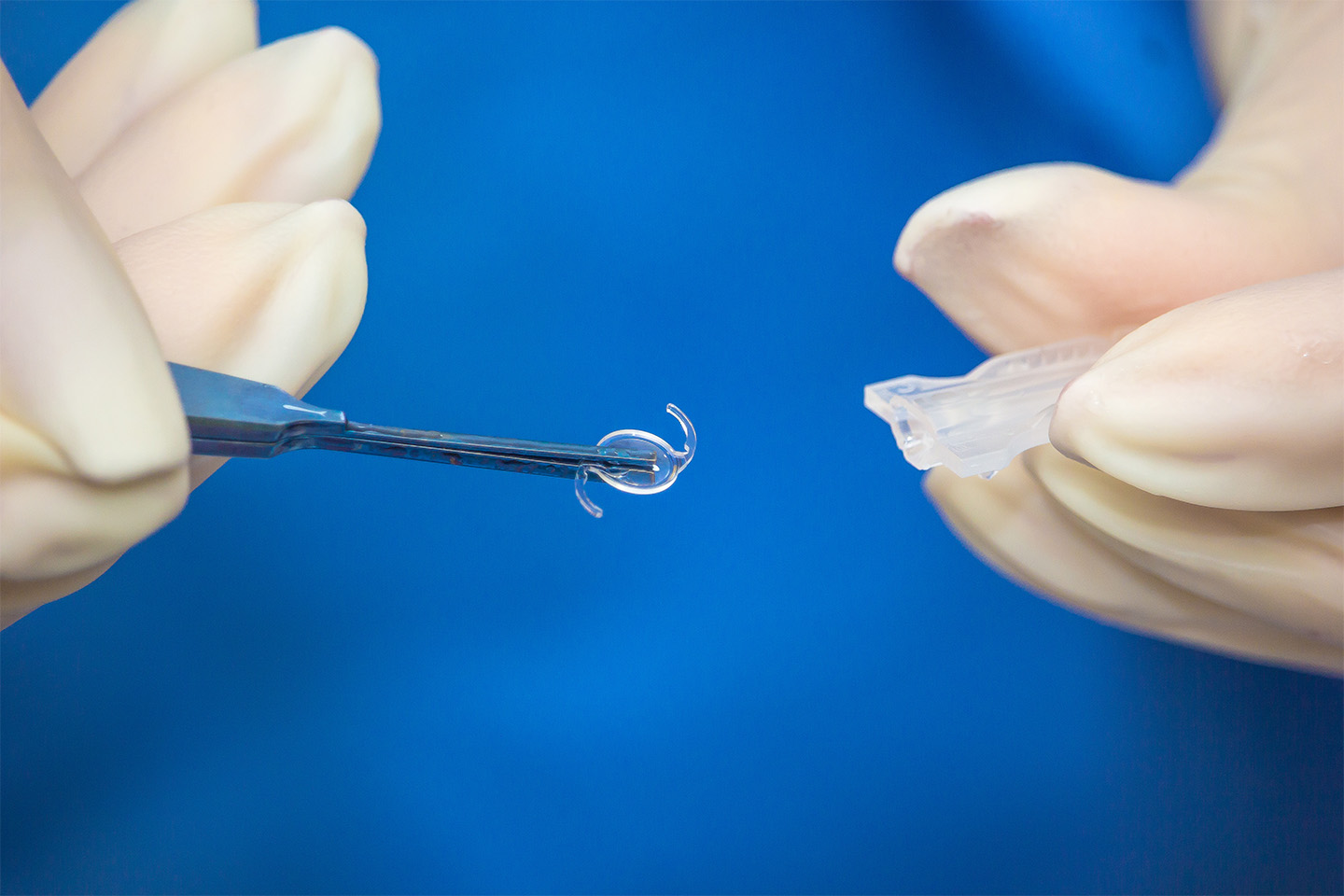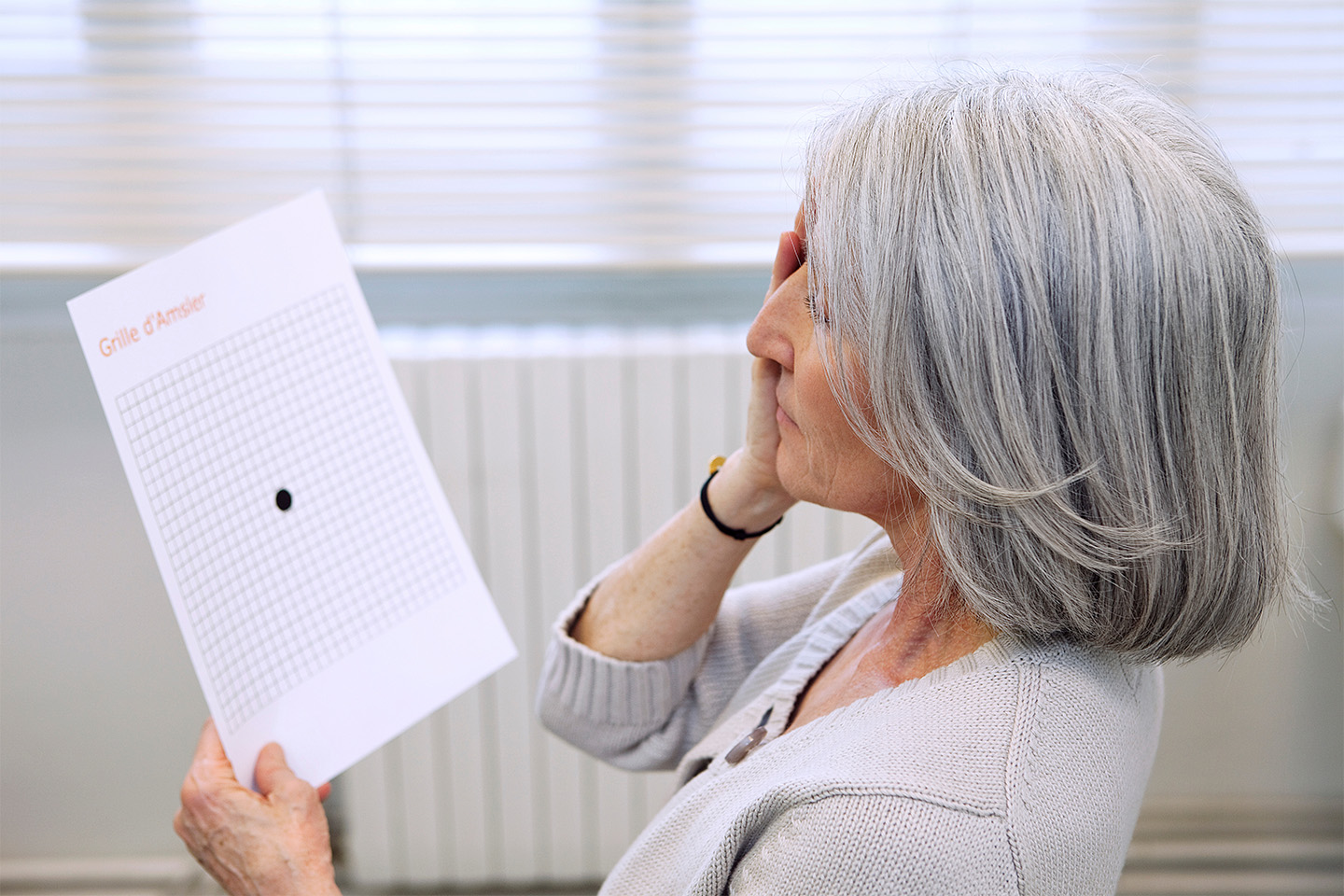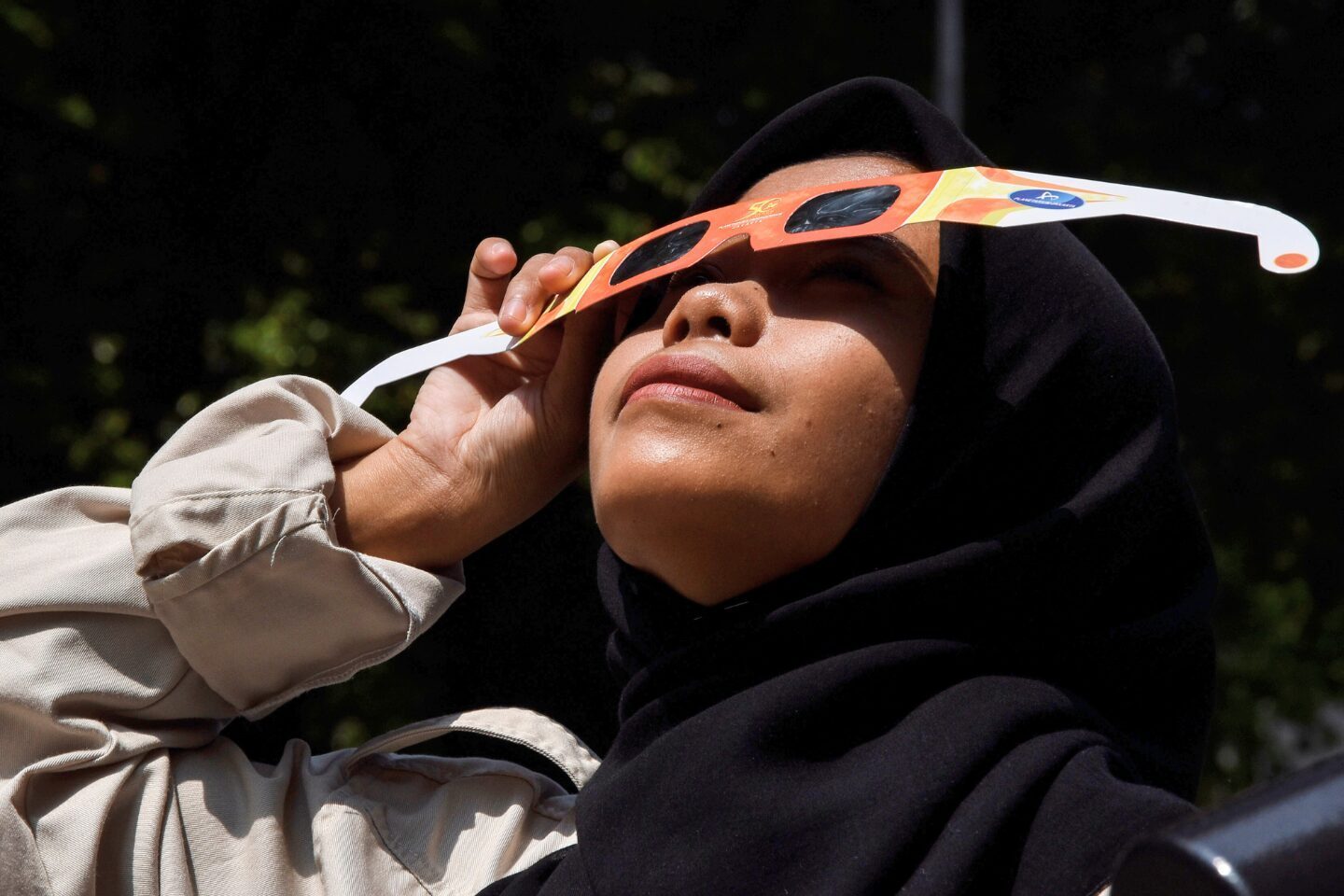Blindness Awareness Month: Most Common Eye Issues by Age

The thought of living without your vision can feel scary. Over two billion people worldwide deal with some form of vision impairment or blindness – nearly half of which are preventable, or worse, undiagnosed. October is Blindness Awareness Month, which makes it the perfect time to check on your vision. Not to mention, the second Thursday of this month is World Sight Day, which provides yet another opportunity to raise blindness and vision awareness.
Here are common eye conditions to keep an eye out on for you and your family throughout the years:
During Childhood (0-12 years)
Your child’s eyes are still developing during this period, so infection, uncorrected errors, and misalignments can all have a permanent impact on vision down the line. As a parent, be aware of these conditions:
- Lazy Eye (amblyopia)
- Crossed Eyes (strabismus)
- Droopy Eyelid (ptosis)
- Pink Eye (conjunctivitis)
- Stye or Chalazion
- Cellulitis
- Cataracts (Congenital or from trauma)
It’s best to treat these conditions as soon as possible. Treatments can be as simple as eye patch therapy to strengthen crossed or lazy eyes, antibiotics for infections, and warm compress for styes. However, more advanced cases may require surgery, as with severe droopy eyelids and cataracts.
Teenage Years (13-18)
New body developments during puberty make eye changes extremely common during this age period. Even if your child did not have certain conditions during childhood, they may develop them gradually or suddenly now.
- Refractive Errors—Nearsightedness, farsightedness, and astigmatism.
- Digital Eye Strain
- Sports Injuries
Treatment for these conditions usually comprises glasses or contacts—LASIK is not an option for patients at this age. Digital eye strain and sports injuries can be prevented with proper eye protection, like goggles or blue light blockers.
Teenagers without any visual impairments should receive an eye exam at least every two years. Those with contacts or glasses should see the eye doctors in Dallas annually.
Young Adulthood (20 to 40)
The eyes are considered fully developed during this period, so vision should stabilize. If you have refractive errors, this would be the perfect time to undergo LASIK surgery in Dallas.
Otherwise, the most common eye conditions usually involve trauma from work (for physical labor) or projects around the house. Office workers also experience greater instances of digital eye strain.
Middle Age (40 to 60 years)
One of the biggest concerns after 40 is presbyopia or age-related farsightedness. This condition will not respond to LASIK surgery and typically requires reading glasses.
Some people may begin showing early signs of the conditions that become most common after 60.
Senior (60+)
Most of the conditions associated with vision loss become most prominent during the senior years due to changes and aging in the eye’s structures. The most common eye diseases in older adults include:
- Dry Eye
- Glaucoma
- Macular Degeneration
- Cataracts
- Diabetic Retinopathy
- Detached Retina
The ophthalmologists in Dallas are experts in cataract surgery and other corrective procedures for macular degeneration and retinal conditions. If detected early enough, we can put you on a treatment plan to slow the progression of these conditions and preserve your best vision.
If you haven’t already, the chances are high that you will experience at least one eye condition in your life. But it’s what you do about it that matters. Early detection and treatment are the best way to prevent severe damage and irreversible vision loss.
At Kleiman Evangelista Eye Centers, we provide solutions from glasses and eye medications to cataract and LASIK surgery in Dallas to help you maintain your best vision from childhood on. Schedule your annual eye exam with the ophthalmologists in Dallas this month!









